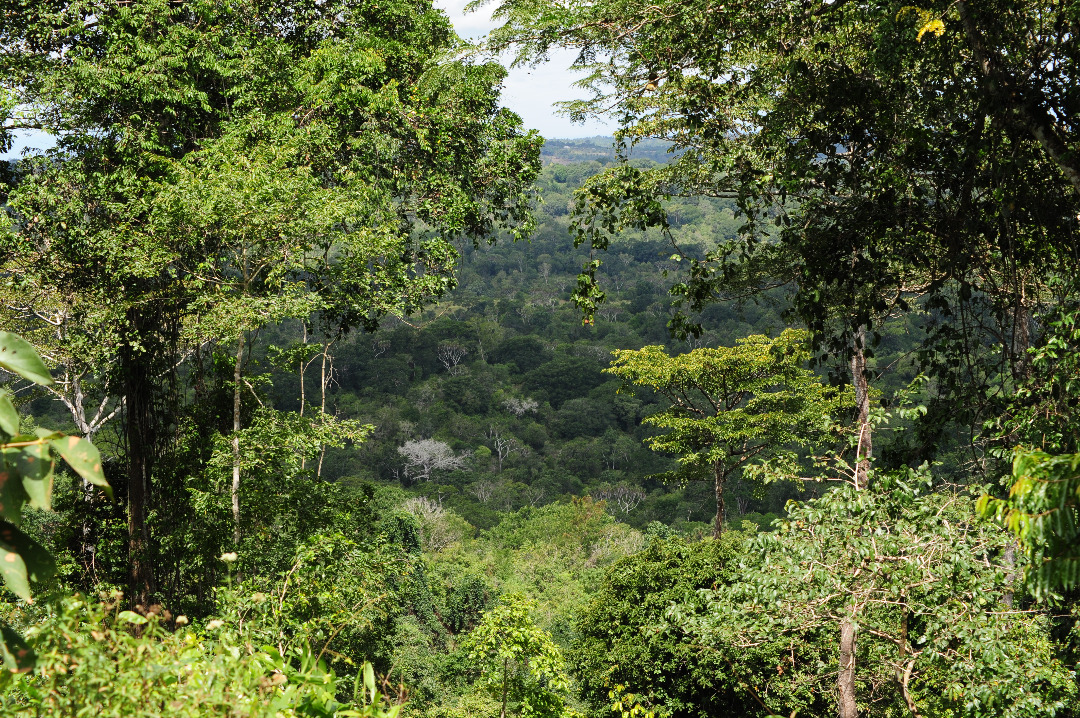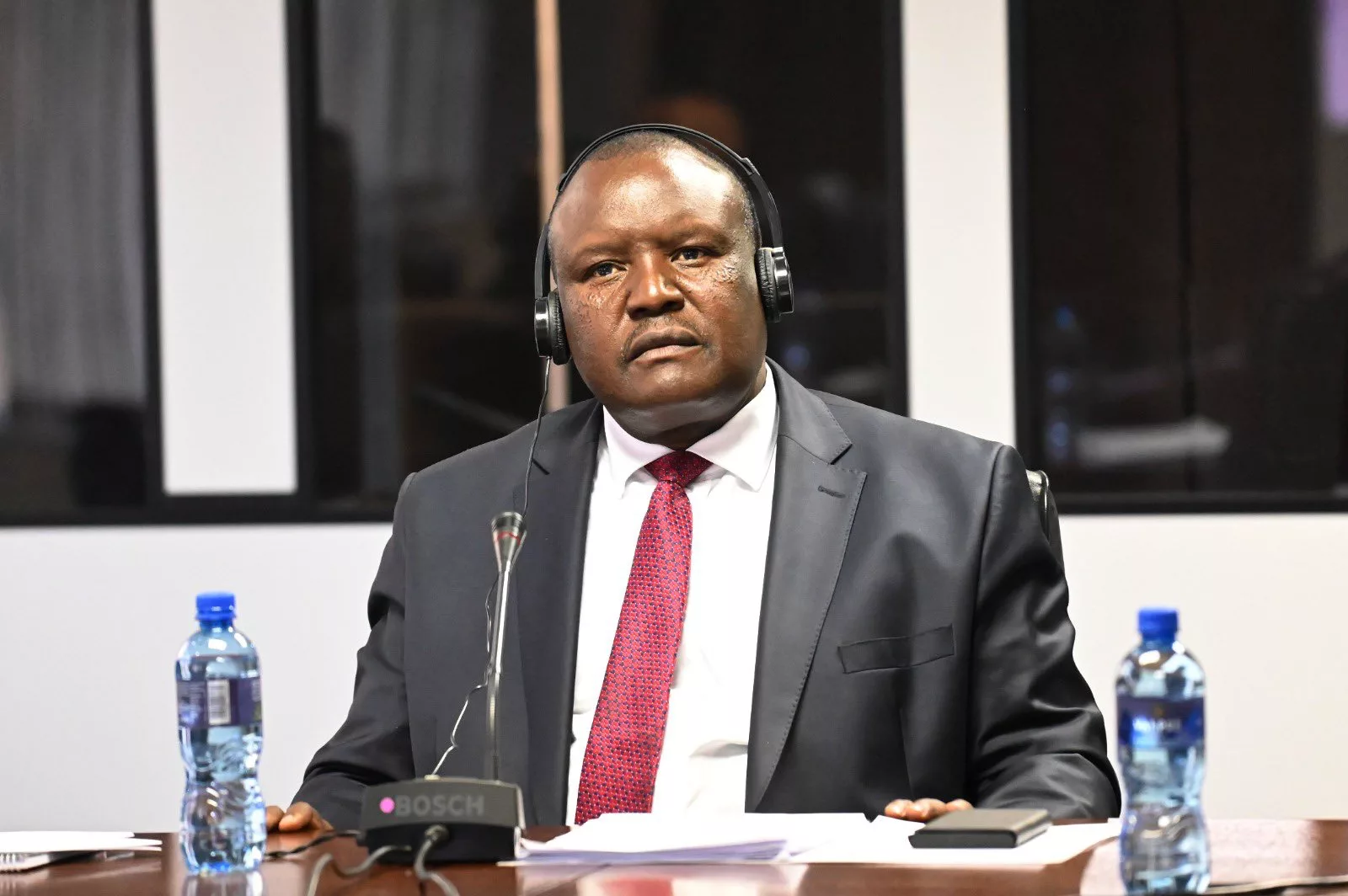|
Getting your Trinity Audio player ready...
|
By Baboloki Semele
Extending over 624 million hectares, forests in Africa covering 20.6 percent of the continent’s land area and 15.6 percent of the world’s forest cover underpin key sectors of many African countries, including energy, forestry, agriculture, tourism, and water, and support the livelihoods of millions of people.
Forests are crucial at a continental scale for maintaining environmental quality and stability. They provide local to global important ecosystem services, such as the protection of water and soil resources, biodiversity conservation, and climate change adaptation and mitigation and apart from the ecological perspective, studies from an economic perspective conclude that forest resources can contribute to a nation’s economic growth and maintaining forest cover is essential for various agricultural and forestry-related activities.
Forests provide more than 86 million green jobs while supporting the livelihoods of many people. Everyone on the planet has had some form of contact with forests. This includes communities that directly rely on these ecosystems for their lives and the livelihoods of communities that rely on the products obtained from these forests.
Need we be reminded that forests pump out the oxygen we need to live and absorb the carbon dioxide we exhale! It is evident that the health of forests is intrinsically linked to human health and our planet, therefore crucial to examine the many reasons why forests must be preserved.
On the contrary, against this background international reports estimate that 420 million hectares of forest – the area of India and Nigeria combined – have been lost through deforestation since 1990 and without halting and reversing deforestation, climate goals cannot be met. A range of nature-based solutions can cost-effectively provide up to one-third of the climate-change mitigation needed between now and 2030 to stabilize global warming below 2 ºC. Of these, it has been emphasized over the years that reducing deforestation and forest degradation are among the most effective and mature options.
Questions to be answered in this article are building on the momentum from the recent 2021 United Nations Climate Change Conference (COP26) in Glasgow. How can more organizations develop their net-zero targets and roadmaps? What is the overall global ambition post-Glasgow, and prospects for more in 2022 in forest conservation? And whether COP 26 has delivered pressure for action as far as forest conservation is concerned and what are the perceived opportunities and barriers? How stable is the land sector — the human-stressed forests, savannas, wetlands, peat bogs, tundra, and other ecosystems that act as carbon sinks and reservoirs? Can we expect our African forests to continue serving as reliable buffers against escalating warming and climate impacts, as agribusiness, extraction industries, and pressure from the rising human population reduces their size and degrades them?
This publication was honoured to take part in the media roundtable organized by the African Forest Forum (AFF) to discuss the state of African forests as well as Forests, people, and climate change on 29th March 2022.
The Hybrid event was attended by journalists from across the continent. Addressing the media roundtable session, the Executive secretary of AFF, Professor Godwin Kowero, noted that 3.9 hectares of forests has been lost per year between 2010 and 2020 adding that sadly many African countries have not been maintaining forest inventory.
He says that as such, AFF relies on estimates presented by national governments when they write their global forest assessment reports. He cited the 2020 forest assessment report, which indicates that African countries have more than 10% forest cover, whereas only 10 countries on the continent account for 50% forest cover.
Senior Programme Officer, for AFF, Professor Marie Louise Avana, concurred that indeed African forests are unsustainably being lost, with insect invasion, accounting for 37% of loss and wildfire ravaging at least 29% of the African forests. She referred to the Forest Assessment Report of 2020, which indicates that Africa is one leading region in forest loss, with eastern and southern Africa leading at 62% followed by West and Central Africa. She cautioned African forestry stakeholders to double efforts of forest conservation, lest the continent cries alas!
“There have been efforts to conserve and reforest, but these efforts are not really compensating what is being lost,” added Marie Louise Avana.
On individual government priority to grow forest cover, Professor Labode Popoola noted that governments must prioritize aggressive plantation establishment as well as developing a feasible deforestation strategy.
“I also think that we need to diversify the livelihoods of people who live in and around forest areas because that will reduce pressure on our forest cover across Africa,” adds Prof Popoola.
He pointed out that industry, business, and governments must demonstrate true leadership by making the urgent changes needed to avoid the worst consequences of climate change by placing sustainability at the heart of their decision-making process in an attempt to slow climate change.
Popoola glimpsed that destroying forests, consequently harms biodiversity and human lives, as forests provide fresh water, clean the air, inspire spiritual value, and provide humanity with food, adding that the challenge, therefore, remains to halt deforestation and begin the process of restoring forests.
According to the U.N., 15 major fossil fuel-producing countries, including the United States, plan to produce more oil, natural gas, and coal by 2030, not less. That projection dramatically increases pressure on the application of Article 5 of the Paris Agreement to slow the rate of warming through what is known as nature-based climate solutions, by taking action to conserve and enhance, as appropriate, sinks and reservoirs of greenhouse gas including forests.
During the discussion, this publication sought clarification on how organizations can develop their net-zero targets and roadmaps, and in response Senior Programme Officer, for AFF, Djibril Dayamba noted that at COP 26, in Glasgow, last year, nations adopted the Glasgow Climate Pact, aiming to turn the 2020s into a decade of climate action and support.
He noted that the package of decisions consists of a range of agreed items, including strengthened efforts to build resilience to climate change, curb greenhouse gas emissions, and provide the necessary finance for both. Djibril Dayamba told this publication that measures adopted at COP 26, as far as forest conservation is concerned include moving away from coal power, reversing deforestation, reducing methane emissions as well as switching to the electric vehicles.
“Now in terms of prospect and forest conservation, whether COP 26 has delivered pressure for action; I don’t know if it is pressure, but there was the direction taken at COP 26 towards the forest, under what is called the Glasgow Leaders’ Declaration on Forests and Land Use,” commented Dayamba.
Announced on November 2nd at the 26th global climate summit, the instrument will be used as a guideline to halt and reverse deforestation and land degradation by 2030. With this instrument, he says representatives of 141 countries, translating to 90.94% of world forest cover committed to working collectively to halt and reverse forest loss and land degradation by 2030 while delivering sustainable development and promoting an inclusive rural transformation.
Breaking the instrument down, he urged African governments and forest stakeholders to adhere, as it will serve as a basis to conserve forest and other terrestrial ecosystems and accelerate restoration, facilitate trading and development policies that do not drive land degradation, reduce vulnerability and enhance livelihood for people, keeping in mind the issue of degradation.
Dayamba pointed out that this instrument if followed to the core, will help in redesigning agricultural policies because agriculture activity is one of the drivers of forest cover loss. He added that it also serves as a tool to reaffirm international financial commitment as finance is critical to addressing forest cover loss. In terms of the lack of access to international finance by most African states, he says alternative capacities must be deployed, to ensure that Africa benefits, not as an observer, but key stakeholder in forest management.






